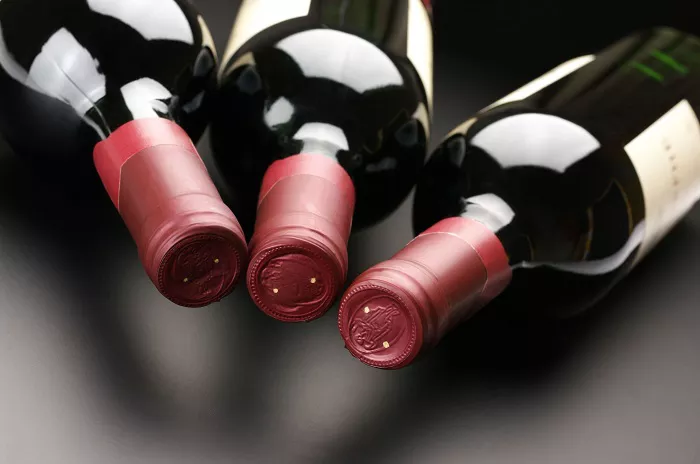While wine is often perceived as steeped in tradition, innovations continue to emerge from the world’s vineyards and wineries. One of the latest tools capturing the attention of winemakers is the Wineglobe, a 100% glass orb used for vinifying and aging wine. Introduced in 2015 by the Paetzold family in Bordeaux, the Wineglobe is now used by approximately 500 wineries worldwide, including about 20 in the United States.
The Wineglobe offers a fresh way to showcase the pure terroir of grapes, with its completely non-porous glass structure. Unlike traditional materials like wood, cement, terra-cotta, and ceramic, the glass prevents any oxygen from entering the wine during the aging process, allowing for consistent movement of the liquid without air exchange. This sealed environment eliminates the need for topping off, while also reducing the use of sulfur dioxide. It is particularly useful for small batches of white and rosé wines, as well as for aging red wines, all while maintaining a fresh, fruit-driven profile.
For many American winemakers, the Wineglobe’s benefits were discovered through word of mouth. Guillaume Fabre, co-owner of two Paso Robles wineries—Clos Solène and Benom—was introduced to the concept by his brother, Nicholas, a Bordeaux-based winemaker who had already begun trials with the new vessel. After visiting his brother’s winery and the Paetzold family’s production facility, Guillaume became intrigued by the potential of the Wineglobe. Though he has yet to create a wine entirely fermented and aged in the globe, he uses it to ferment small batches of his white Rhône-style Clos Solène Hommage Blanc and to age portions of his Grenache-based Clos Solène Harmonie. Fabre notes that the Wineglobe preserves the fruit’s freshness, likening the effect to keeping a freshly cut piece of fruit vibrant for a full year.
In Napa Valley, Sam Dhiman, assistant winemaker at Heitz Cellars, learned about the Wineglobe from the sales team at Bouchard Cooperages, a Burgundy-based company now distributing the globes in the U.S. Dhiman uses the popular 220-liter globe—slightly smaller than a standard barrel—for both fermentation and aging. At Heitz, Wineglobe-fermented wines are incorporated into the Quartz Creek Chardonnay and Lot C-91 Sauvignon Blanc blends. Dhiman believes the vessel enhances the complexity of the wines, offering a “fresher” and “brighter” fruit profile that complements the oak-aged portions. Heitz is also exploring the use of the Wineglobe in a new experimental Port-style wine.
Several Napa Valley wineries, including Eisele Vineyard, Boisset Collection, Stony Hill Vineyard, and Rudd Estate, are also experimenting with the globes. Rudd Estate’s winemaker, Natalie Bath, began using them in 2021 for portions of her Crossroads Sauvignon Blanc and Cabernet Sauvignon. Bath, known for her innovative approach, believes that the Wineglobe offers a neutral environment that allows her to focus on fruit tannin rather than oak tannin, enabling her to better understand the effects of vineyard practices on the wine.
The Wineglobe’s appeal has spread to some of France’s most prestigious producers. Winemakers at renowned estates like Gérard Bertrand, Domaines Ott, Didier Dagueneau, and Château d’Yquem have embraced the glass orb in their winemaking processes. Véronique Boss-Drouhin, winemaker at Maison Joseph Drouhin in Burgundy and Domaine Drouhin Oregon, was introduced to the Wineglobe by a friend. She purchased a 220-liter globe and used it for a batch of Chardonnay, experimenting with longer lees contact than she would have with a barrel or tank. Impressed with the resulting wine, she described it as “gorgeous” and noted that it displayed a “unique, almost exotic” character.
The Wineglobe is rapidly gaining traction in the global wine industry, offering winemakers a tool that enhances the purity and expression of their wines while maintaining the integrity of their unique terroir. As wineries continue to embrace this innovative vessel, it is clear that the Wineglobe is more than just a passing trend—it is a new frontier in winemaking technology.
You Might Be Interested In:


